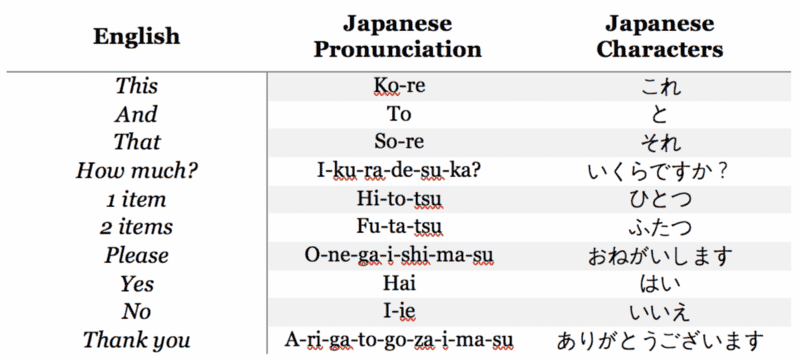Let’s go to a café in Tokyo: How to enjoy Japanese language learning with a cup of coffee
Picture this: You step into a café where natural light seeps in from the floor to ceiling windows. The furniture is wooden and earthly, and the seats range from casual beanbags to plush sofas. The weather is overcast outside, but you’re not at all bothered as you beeline for the comfortable and well-lit corner with the soft-looking cushions.
Now that you’re settled in, it’s time to order a little something. Depending on your level of Japanese language mastery, the walk between your cosy spot to the cashier could be daunting. What does it take to order a coffee and a cream cheese bagel in this country? Would it be endear you to the staff if you, a foreigner, attempted to speak in Japanese? Or should you just make a safe bet and stick with English?
If you’re on our blog looking for an answer to that question, then our answer is: go for Japanese. Have you ever thought that there are some Japanese words that sound oddly enough like English, just broken down into phonetic syllables? At our café scenario here, a good number of the food items you see on the menu is written in katakana, the Japanese writing system most often assigned to imported foreign words.
To start with, you might want to catch the attention of the staff with a “sumimasen”, meaning excuse me. Then you can pick something to eat or drink from this table here:
On the other hand, if you would rather skip pronouncing food names, you could shorten the ordering process simply by pointing things out. Body language… and facial expressions. Doing so also means delving a little into native Japanese words, so here’s another handy table on a few key expressions in hiragana:
Put them together like Lego blocks, and the simplest statement you can form to place an order with the staff would look like this:
“Sumimasen, kohi hitotsu onegaishimasu.”
Translating to: Excuse me, one coffee please.
But if you also need a bite, take that up one level by ordering an additional item within the same sentence, such as a cake:
“Sumimasen, kohi hitotsu to keki hitotsu onegaishimasu.”
Translating to: Excuse me, one coffee and one (slice of) cake please.
Dare I say you can whip this model out at any Japanese café and order like a pro, but if you want to test these lines with a native Japanese speaker, try our Online Japanese For Travel Short Course with a Japanese language school on our platform. Our teachers will check your intonation, grammar, and teach you a host of other essential food vocabulary bound to make your trip deliciously rewarding.




